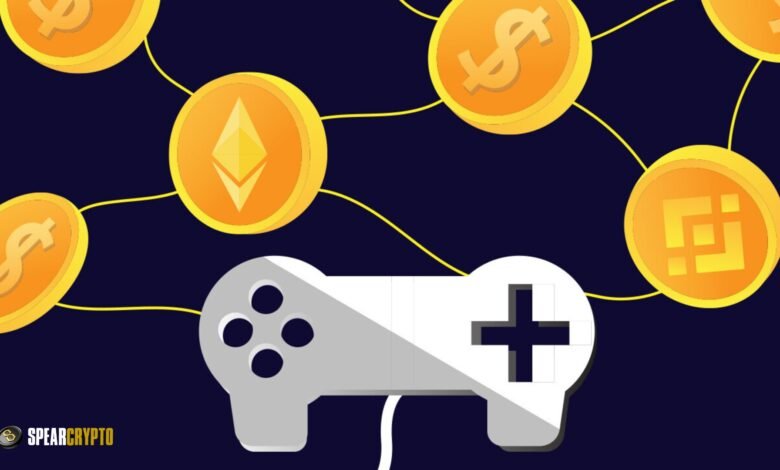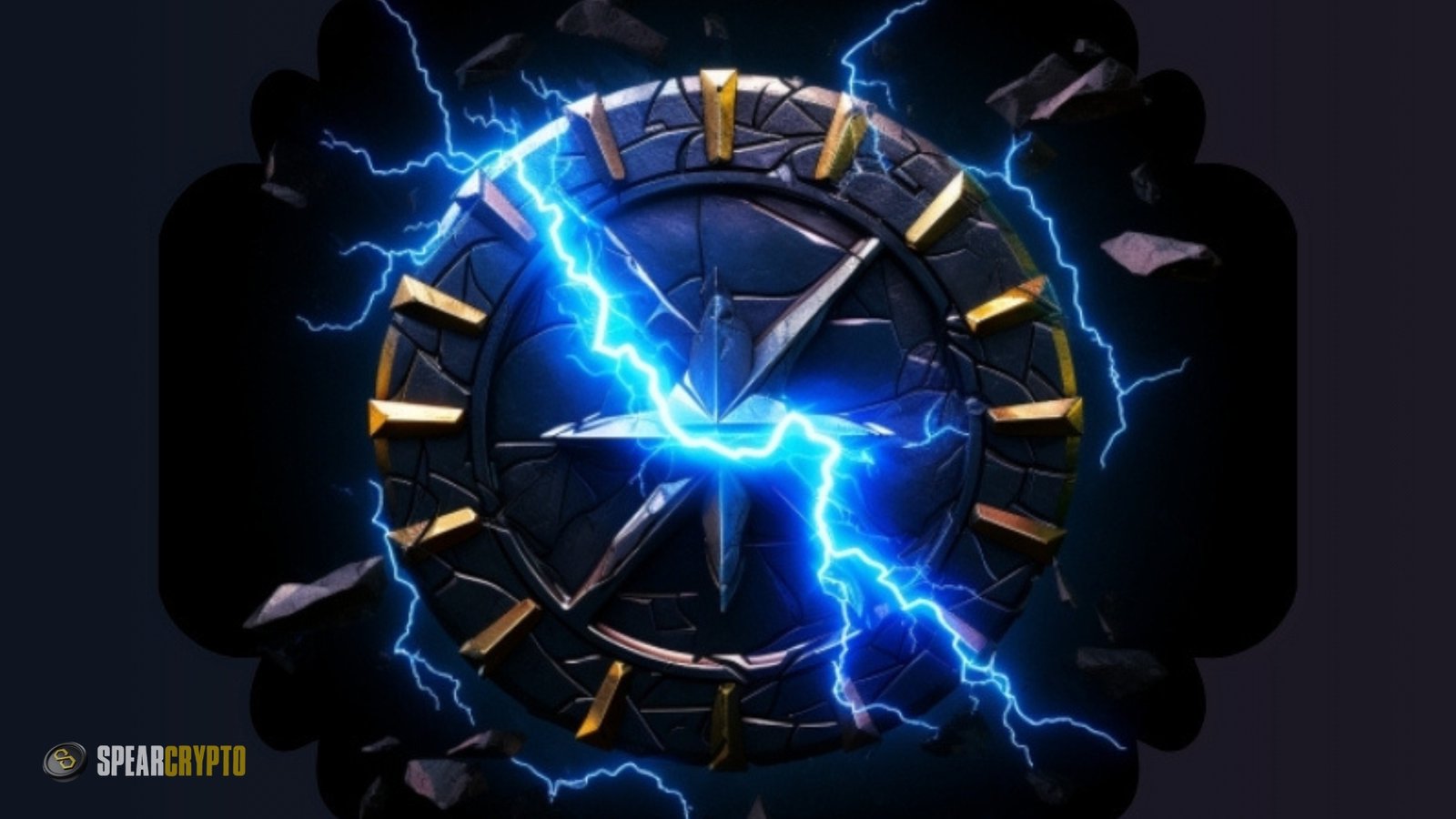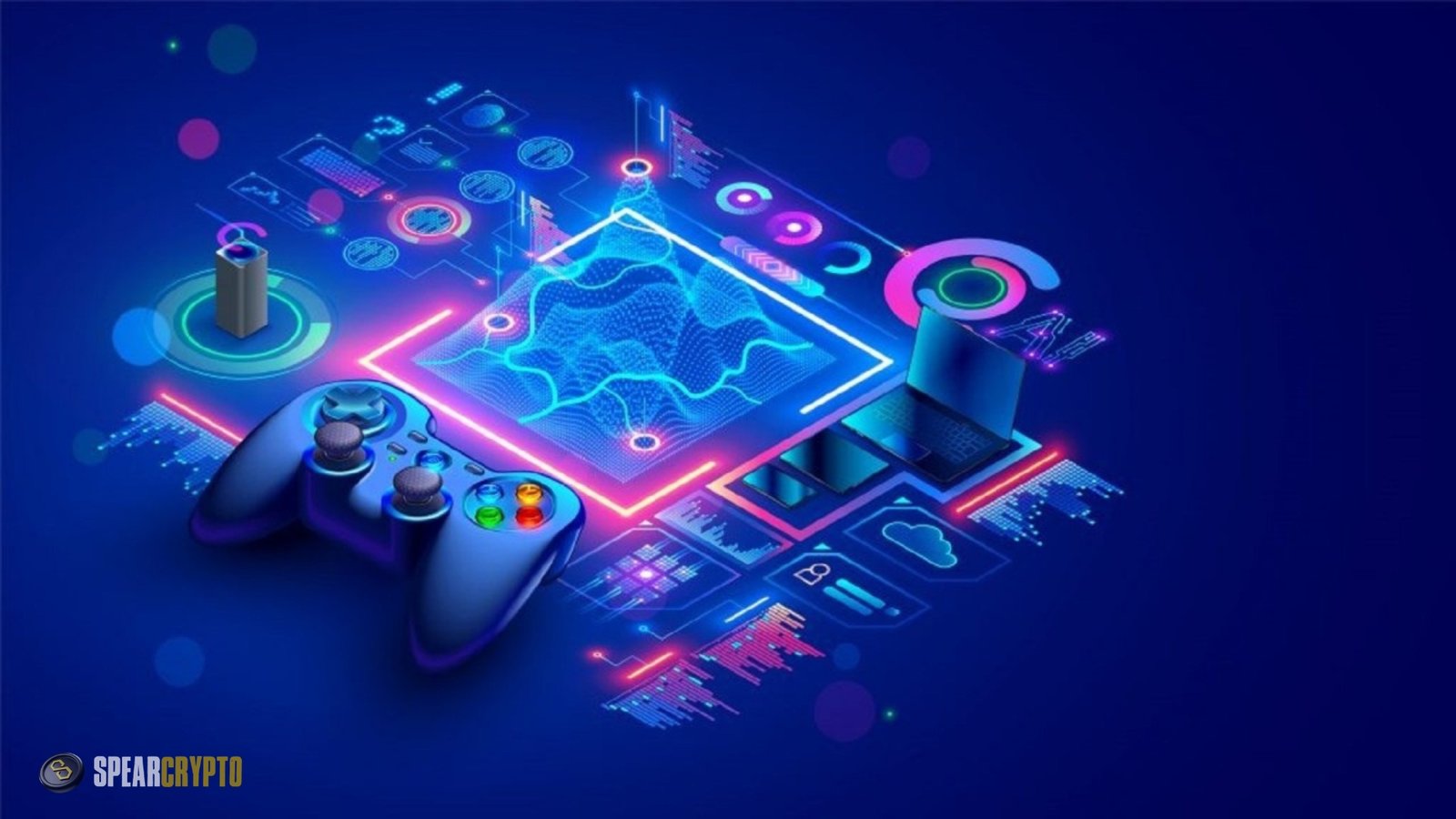
A new age in the digital economy has dawned thanks to the merging of gaming and cryptocurrencies. Convergence between the two sectors has opened up revolutionary potential for developers, gamers, and investors, and both have grown at exponential rates over the past decade. This comprehensive research will examine the importance of crypto for gaming business. The benefits and challenges of integrating them, and the future of blockchain gaming.
The Evolution of Gaming and Cryptocurrency
Gaming: A Multi-Billion-Dollar Industry
In terms of income, the gaming business has surpassed that of music and film, becoming one of the biggest entertainment sectors in the world. With more than 3 billion players throughout the globe. The gaming industry is projected to surpass $300 billion in value by 2023. Various gaming ecosystems, including mobile and cloud gaming, have emerged because of this enormous player base. Electronic sports competitions, or esports, have also grown into a rich industry, with prize pools in the millions of dollars.
Traditional gaming has several restrictions, particularly regarding player economic potential, cross-game functionality, and ownership of in-game assets. The potential for cryptocurrencies to solve these problems is greatest when they work in tandem with blockchain technology.
Cryptocurrency: A Parallel Digital Revolution
In contrast, decentralized finance (DeFi), made popular by Bitcoin’s meteoric 2009 growth, allows for open, peer-to-peer transactions unfettered by any central authority. In 2015, Ethereum introduced smart contracts, which opened the door for dApps to operate on the blockchain. This development has allowed digital goods and in-game currency to be programmed.
Many more blockchain protocols have evolved since then, catering to different sectors with their features. Cryptocurrencies provide the door for decentralized transaction processing, true digital asset ownership, and trustless peer-to-peer interactions in-game ecosystems.
How Crypto is Transforming Gaming
True Ownership of In-game Assets
In traditional games, gamers might shell out a fair penny for virtual goods like skins, weaponry, and character improvements. But these things aren’t player property; they’re usually only accessible within the game’s ecology. Those assets risk permanent loss if the game’s servers go down, the player’s account is banned or removed, or both.
True ownership of in-game goods is made possible by cryptocurrencies and blockchain technology, which disrupt this paradigm. Players can own, purchase, sell, and trade their in-game assets across other platforms via non-fungible tokens (NFTs), unique digital tokens stored on a blockchain. The immutability of the blockchain ensures that this ownership can never be altered or deleted by any one authority.
The advent of NFTs has opened up new marketplaces where players may make real money by managing their in-game possessions in the same manner they would manage real-life assets or collections.
Play-to-Earn (P2E) Models
The play-to-earn (P2E) concept is a major game change made possible by cryptocurrencies. Historically, gamers have gotten mostly nothing from their gaming budgets but amusement. P2E games flip this concept on its head by letting players earn NFTs and cryptocurrencies by participating, performing activities, or achieving in-game milestones.
Take the popular peer-to-peer game Axie Infinity as an example. By leveling up, reproducing, and selling your NFT-based animals or Axies, you may earn the cryptocurrency $AXS. When Axie Infinity was at its height, gamers in underdeveloped nations like the Philippines made more than they made in their regular occupations. The popularity of pay-to-play games is on the rise because they allow gamers to make money as they play, turning gaming from a pastime into a possible career path.
Interoperability Between Games
The prospect of cross-game interoperability, made possible by blockchain technology, is another fascinating development. Historically, in-game assets have been inaccessible outside their original game and cannot be utilized or transferred to other games. Cryptocurrencies and NFTs allow transferring assets between games that use the same blockchain protocol.
This feature allows gamers to use their assets in multiple games, making their investments more valuable and useful in a linked gaming environment. For instance, if the standards are compatible, a player might use an NFT sword they obtained in one game in another.
With blockchain technology, the idea of a “metaverse”—a network of linked virtual environments—is taking shape. More and more games are incorporating these technologies, which may lead to a transition from standalone games to permanent, networked virtual worlds.
Decentralized Game Development and Governance
New methods of game development and governance are also made possible by blockchain technology and cryptocurrency. There is a lot of influence over game updates, monetization, and the community in conventional gaming, which developers and major businesses hold. Nevertheless, blockchain games can potentially empower players and the community by utilizing decentralized autonomous organizations (DAOs) to share decision-making authority.
Decentralized Autonomous Organizations (DAOs) provide players a say in major game choices like adding new features, changing governance rules, or reorganizing the game’s economy. A stronger bond between players and creators may be nurtured since the community has a greater say in shaping the game’s trajectory.
In addition, developers from all around the globe may work together to enhance a game or its underlying protocol through open-source contributions made possible by decentralized development, which speeds up the innovation process.
Challenges and Limitations of Crypto in Gaming
Despite the exciting possibilities, integrating cryptocurrency into gaming comes with several challenges.
Scalability and Transaction Fees
Scalability is a major challenge to integrating blockchain technology with gaming. During periods of heavy demand, many popular blockchains, like Ethereum, experience congestion due to their restricted transaction throughput. High petrol prices and sluggish transaction times aren’t great for games that rely on instantaneous player-vs-player interactions.
Finding a happy medium between decentralization, security, and scalability is still a huge challenge, even if alternative blockchains and Layer 2 solutions like Binance Smart Chain and Solana are working on it.
Environmental Impact
Because proof-of-work (PoW) blockchains like Bitcoin need so much energy to protect the network, their environmental impact has been a concern. The environmental impact of blockchain technology is still an issue, even if many gaming initiatives utilize more sustainable blockchains, such as proof-of-stake (PoS). More energy-efficient consensus techniques like proof-of-authority (PoA) and proof-of-history (PoH) have been developed in response to this issue. However, striking a balance between decentralization and sustainability is still challenging.
Regulatory Uncertainty
Game developers and players alike are left in the dark about. The legal standing of cryptocurrencies and NFTs in several nations. The classification of digital assets is a problem for regulatory agencies, and the gaming sector might feel the effects of new regulations to a greater or lesser extent.
For example, in-game NFTs and cryptocurrencies may be heavily regulated in certain countries due to their classification as securities. Some may outright prohibit blockchain-based games if they threaten player safety, fraud, or the integrity of the gaming industry.
Security and Fraud Risks
Although blockchain technology is fundamentally safe, it doesn’t imply that initiatives, including gambling, are risk-free. Bad actors may be able to steal cryptocurrency or in-game assets by exploiting weaknesses in smart contracts. The proliferation of decentralized marketplaces for in-game goods also opens the door to frauds and fraud, especially for newer players who aren’t yet aware of the dangers of Bitcoin transactions.
The Future of Crypto and Gaming
The integration of cryptocurrency and gaming is still in its early stages, but the growth potential is vast. As blockchain technology matures, we expect to see more innovation in how gaming economies operate. How players engage with games, and how developers build and monetize their creations.
The Rise of the Metaverse
The “metaverse” is a hot topic in cryptocurrency and gaming. In this context, “NFT- and cryptocurrency-powered virtual worlds” mean networks of linked virtual environments where users may do business, play, and socialize. Even if decentralized initiatives like Decentraland and The Sandbox provide early versions of this concept, companies like Facebook (now Meta) have openly embraced the idea of creating metaverse experiences.
Users can keep their digital identities and assets across multiple virtual settings in the metaverse. Which claims to eliminate the borders between games and platforms for an immersive and seamless experience.
More Advanced Play-to-Earn Models
Ecosystems are expected to become increasingly complex and robust as P2E models progress. Critics of modern P2E games say they are excessively predicated on speculative economics. Which benefits early adopters at the expense of later players. To tackle this, P2E games in the future may prioritize long-term benefits by integrating DeFi concepts, staking systems, or practical applications. Furthermore, P2E can potentially impact fields outside of gaming, including health, education, and social media.
Mainstream Adoption of NFTs in Gaming
As more and more game creators and players see the benefits of NFTs. Their use in games is likely to become widespread. A future where players may purchase, sell, and trade in-game things with complete ownership rights is possible if AAA game makers integrate blockchain technology into their products. Massive decentralized gaming economies might emerge. As a result, allowing game producers to try out new forms of monetization while players can profit from their in-game accomplishments.
Conclusion
True digital asset ownership, new economic models, and decentralized governance are ways blockchain technology and cryptocurrencies change the gaming business. Despite obstacles to overcome, the crypto gaming industry has a bright future, with great prospects for gamers and creators alike. Gaming will get even more immersive, linked, and rewarding as these technologies keep improving. Crypto is at the forefront of the movement toward a new digital frontier, altering the gaming industry.
FAQs
How do NFTs impact the gaming industry?
NFTs enable players to own, trade, and sell in-game assets, providing real-world value and cross-game functionality for digital goods.
What is the Play-to-Earn (P2E) model?
P2E allows gamers to earn cryptocurrency or NFTs by participating in games, turning gaming from a hobby into a potential income source.

